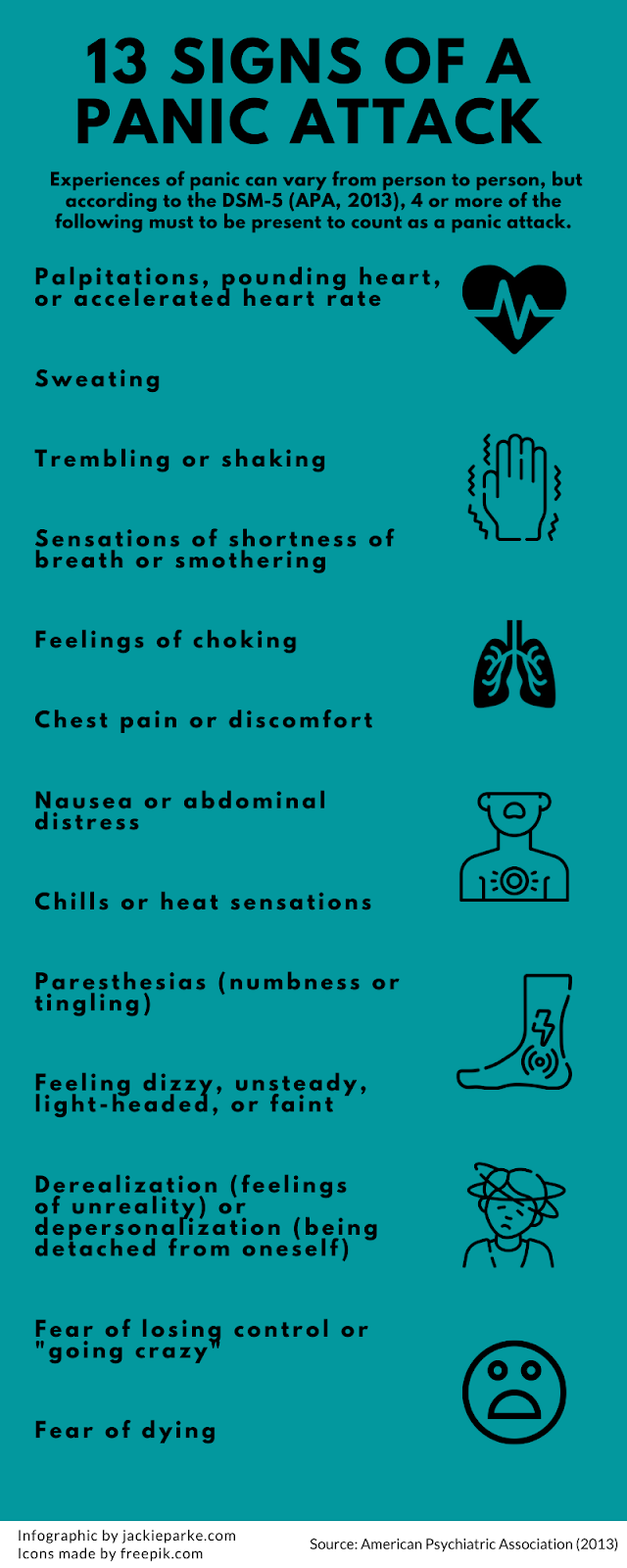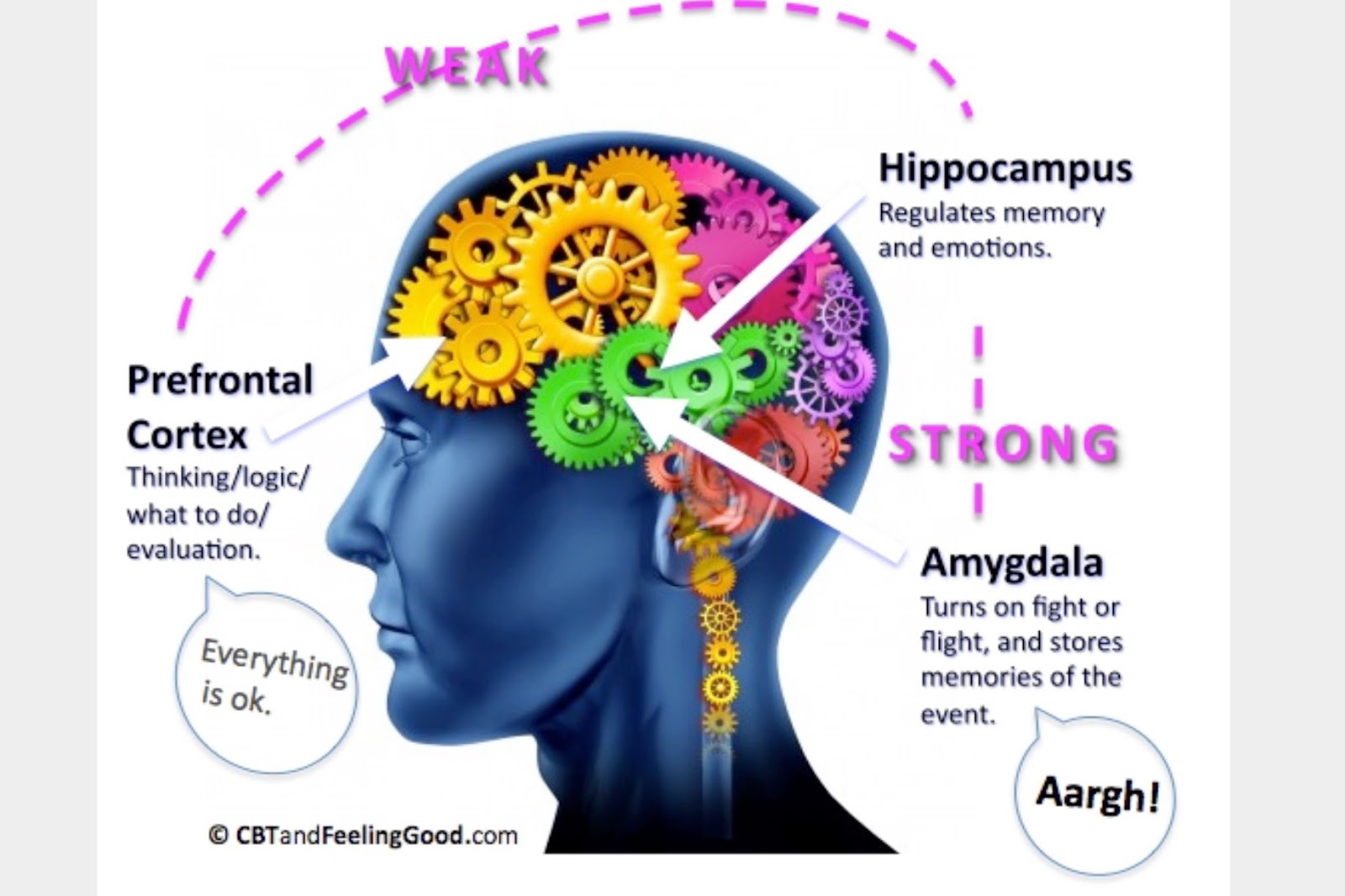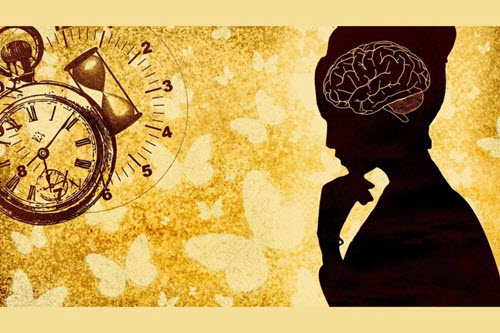Panic Attack
Do you sometimes have sudden attacks of anxiety and overwhelming fear that last for several minutes?
Maybe your heart pounds, you sweat, and you feel like you can’t breathe or think clearly. Do these attacks occur at unpredictable times with no apparent trigger, causing you to worry about the possibility of having another one at any time?
It may be a PANIC ATTACK.
An untreated panic disorder can affect your quality of life and lead to difficulties at work or school. The good news is panic disorder is treatable.
Panic attacks are episodes of intense fear or apprehension. Sufferers often report thinking that they might be dying, choking or going crazy. They may also feel like they are experiencing a heart attack or about to black out. These episodes usually begin abruptly, reach their peak within 10 minutes and end within half an hour.
When people feel stressed, their sympathetic nervous system typically revs up, releasing energy and preparing the body for action. Then the parasympathetic nervous system steps in, and the body stabilizes to a calmer state. If the parasympathetic nervous system is somehow unable to do its job, a person will remain fired up and may experience the heightened arousal characteristic of a panic attack.
Recently researchers have identified certain regions of the brain that become hyperactive during a panic attack. These regions include the amygdala, which is the fear center of the brain, and parts of the midbrain that control a range of functions, including our experience of pain. A study performed by scientists at the Wellcome Trust Center for Neuroimaging at University College London used functional MRI to locate which specific brain regions kick in when a person senses an imminent threat. They found activity in an area of the midbrain called the periaqueductal gray, a region that provokes the body’s defensive responses, such as freezing or running.
Dean Mobbs, the lead author on the study, wrote: “When our defense mechanisms malfunction, this may result in an overexaggeration of the threat, leading to increased anxiety and, in extreme cases, panic.”
By identifying brain regions involved in panic attacks, such studies can improve our understanding of anxiety-related disorders and in turn help researchers find better treatments.
What Triggers a Panic Attack?
Regardless of who they happen to or how they manifest, panic attacks do not happen in a vacuum. Although panic attacks are often unpredictable and seem spontaneous, there are nevertheless risk factors that act as potential panic attack triggers.
It can be useful to think of anything that causes negative mood as a trigger (e.g., upsetting events, stress, drugs with a depressant effect), while general levels of anxiety can be thought as a magnifying lens that turn seemingly innocuous events into potential triggers.
How to stop it?
1. Cognitive-behavioral therapy (CBT) and other types of counseling can often help people who have panic attacks and who have panic disorders. CBT aims to help you change the way you see challenging or frightening situations and to help you find new ways to approach these challenges as they arise.
2. Use deep breathing
While hyperventilating is a symptom of panic attacks that can increase fear, deep breathing can reduce symptoms of panic during an attack.
Blood tests also showed lower cortisol levels in this group, suggesting lower levels of stress.
Another group of scientistsTrusted Source found that slow breathing could have similar effects. They suggested it could also improve feelings of relaxation, comfort, and alertness and reduce symptoms of arousal anxiety, depression, anger, and confusion.
If you’re able to control your breathing, you’re less likely to experience the hyperventilating that can make other symptoms — and the panic attack itself — worse.
Focus on taking a deep breath in through your nose, feeling the air slowly fill your chest and belly. Then slowly exhale through your mouth and feel the air leave your body. Breathe in through your nose for a count of four, hold for a second, and then breathe out through your nose for a count of four:
3. Recognize that you’re having a panic attack
By recognizing that you’re having a panic attack instead of a heart attack, you can remind yourself that this is temporary, it will pass, and that you’re OK.
Take away the fear that you may be dying or that impending doom is looming, both symptoms of panic attacks. This can allow you to focus on other techniques to reduce your symptoms.
It is not always possible to avoid triggers for a panic attack, but if you know what triggers it, this can help you understand that it is a panic attack and not something else.
4. Close your eyes
Some panic attacks come from triggers that overwhelm you. If you’re in a fast-paced environment with a lot of stimuli, this can feed your panic attack.
To reduce the stimuli, close your eyes during your panic attack. This can block out any extra stimuli and make it easier to focus on your breathing.
5. Practice mindfulness
Mindfulness can help ground you in the reality of what’s around you. Since panic attacks can cause a feeling of detachment or separation from reality, this can combat your panic attack as it’s approaching or actually happening.
Mindfulness involves:
focusing your attention on the present
recognizing the emotional state you’re in
meditating to reduce stress and help you relax
Focus on the physical sensations you are familiar with, like digging your feet into the ground or feeling the texture of your jeans on your hands. These specific sensations ground you firmly in reality and give you something objective to focus on.
Experts say that mindfulness strategies, such as meditation, can help manage anxiety symptoms, although it’s not clear they can treat an underlying anxiety disorder.
6. Find a focus object
Some people find it helpful to find something to focus all their attention on during a panic attack. Pick one object in clear sight and consciously note everything about it possible.
For example, you may notice how the hand on the clock jerks when it ticks, and that it’s slightly lopsided. Describe the patterns, color, shapes, and size of the object to yourself. Focus all your energy on this object, and your panic symptoms may subside.
8. Use muscle relaxation techniques
Muscle tension is a symptom of anxiety, and muscle relaxation techniques can help reduce tension and promote relaxation during an attack. Progressive muscle relaxation aims to release tension in one group of muscles at a time to relax the whole body.
Much like deep breathing, muscle relaxation techniques can help stop your panic attack in its tracks by controlling your body’s response as much as possible.
9. Picture your happy place
Guided imagery techniques can help reduce stress and anxiety. ResearchTrusted Source suggests that both spending time in nature and visualizing nature can help treat and manage anxiety.
Picture yourself there and try to focus on the details as much as possible.
This place should be quiet, calm, and relaxing — no streets of Delhi or Kolkata, no matter how much you love the cities in real life.
9. Engage in light exercise
Research shows that regular exercise can not only keep the body healthy but boost mental well-being, too.
Experts have found that exercising at 60 to 90 percent of your maximum heart rate for 20 minutes three times per week can help reduce anxiety.
If you are not used to exercising, talk with your doctor before starting. There is some evidenceTrusted Source that starting aerobic exercise anew can trigger additional anxiety in people with an anxiety disorder. Building up gradually can help your body adjust and avoid breathing problems. Aerobic exercise includes activities such as running on a treadmill.
If you feel stressed or you’re hyperventilating or struggling to breathe, stop and take a rest or choose a more moderate option, such as walking, swimming, or yoga.
10. Keep lavender on hand
Lavender is a traditional remedy that many people use to reduce stress and help them relax.
ResearchTrusted Source suggests it has a calming effect but doesn’t lead to dependence or cause withdrawal symptoms. Using products that contain diluted lavender oil may help reduce or manage symptoms of anxiety.
However, the Food and Drug Administration (FDA) does not regulate essential oils, and strengths and ingredients vary widely.
11. Repeat a mantra internally
Repeating a mantra internally can be relaxing and reassuring, and it can give you something to grasp onto during a panic attack.
Whether it’s simply “This too shall pass,” or a mantra that speaks to you personally, repeat it on loop in your head until you the panic attack start to subside.
Although panic attacks can be scary and overwhelming, they can also be a powerful teacher, showing us the depths of our inner strength and resilience. We may develop more self-awareness, self-compassion, and a stronger feeling of connection with others by addressing our anxieties and finding ways to control our anxiety.


















Lovely post...useful for exam season💓
ReplyDeleteThankyou!
DeleteI usually stuck in such situations. Thanks for the solutions.
ReplyDeletePlease make a blog on depression too.
ReplyDeleteOk
Delete